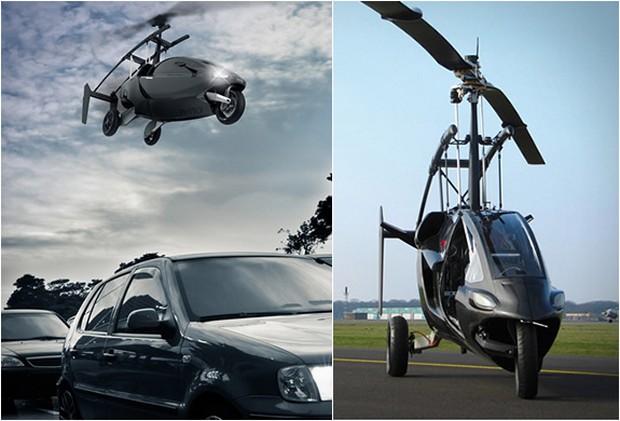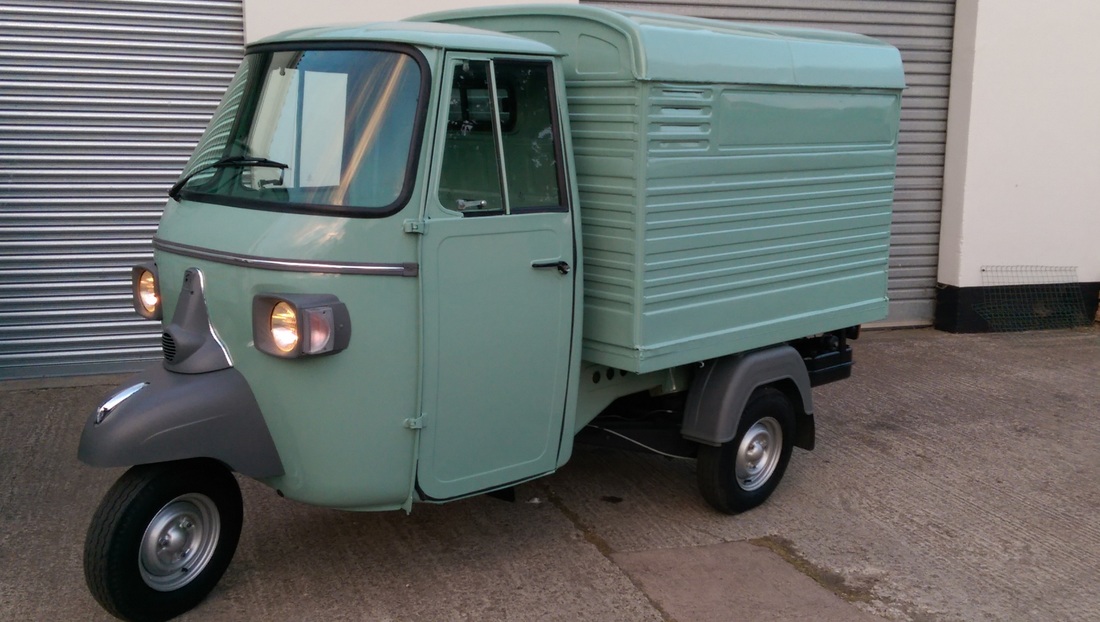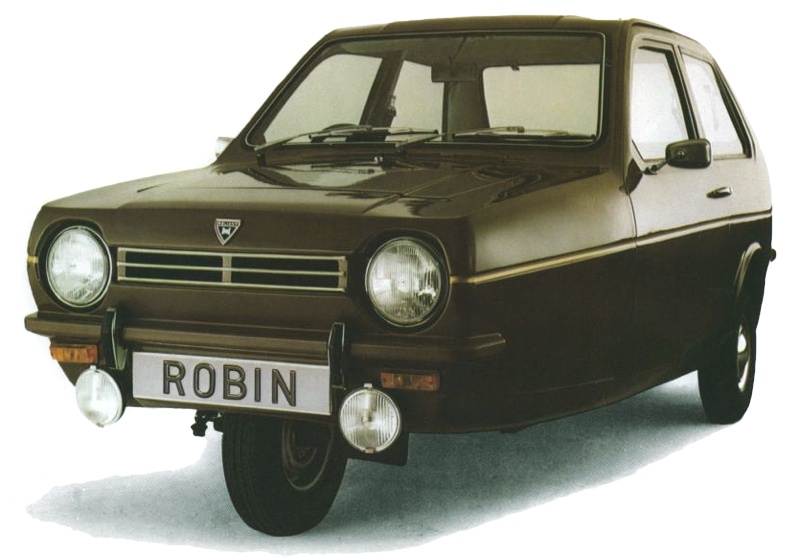Of three-wheeled cars, there are few. The main reason is a matter of safety. Cars with four wheels are more stable, but that hasn’t stopped many engineers from trying to make a three wheeled car.
The temptation is value. Three wheeled cars, at least in the U.S., fall outside the car category, regarded in most cases with motorcycles. Unlike motorcycles, they offer more stability in certain conditions (less in other), but they also offer protection from the elements and the world around.
Wheel arrangements are either two up front and one in back, or the opposite. The single wheel up front, we call delta. When it’s in back, that’s a tadpole design.
The later is more stable without a modified suspension beyond what a car normally has, and the tadpole design allows for tight turn radiuses.
It would be easier to look at some examples through time. We’ll start with the most recent example to illustrate a few points, then go back to the earliest designs, most of which didn’t stand the test of time.
PAL-V – 2017?
One of the only flying cars that will hit the road this year, the PAL-V is a delta-style three-wheeled car-helicopter mash-up. It’s about the most technologically advanced piece of civilian engineering on the road.
That said, it’s still in pre-sale, so the only ones on the road are prototypes.
The PAL-V offers the normally inferior (as you will see in examples ahead) delta pattern of wheel. They get around the tip-over effect with their independent suspension.
As the PAL-V corners, the outside rear wheel pushed away from the wheel well, driving the turning side into the turn, the same way you lean on a bike. Provided that feature doesn’t malfunction, it should work.
The PAL-V may be the only successful three-wheeled car, but we’re still waiting for them to hit showroom floors.
The good news is, you don’t have to wait to operate your own three-wheeled car. You can buy one of these beauties.
Benz Patent-Motorwagen – 1885

valencianews.es
Hotly debated, this three-wheeler takes credit as the first automobile by many accounts. It all depends on how one slices the definition of an automobile.
The Motorwagen one had an internal combustion engine, at a time when steam was still considered the best option, AKA, external combustion.
Yes, this is the same Benz that became Mercedes-Benz.
Note the velocipede style wheels and the delta arrangement of said wheels. The weight of the car at the back and the low speeds of this three-wheeler meant it didn’t tip over like modern designs, but it also didn’t get you there faster than a horse or cheaper.
Birmingham Small Arms Three-wheeler – 1930
Otherwise known as BSA, this company out of England manufactured a wide variety of products, from firearms and tools to a variety of vehicles.
This was once the parent company of Triumph. They introduced their first three-wheeled car in 1929, but from 1930-35 they produced several models of their tadpole arrangement of three-wheelers.
The draw was a cheaper purchase than a four-wheeled car, but that draw didn’t last. They would revisit the three-wheeled car as a prototype in 1958, but that design never hit the market.
Dymaxion – 1933
Take a microbus, then mash it with a small whale, and you get the Dymaxion. The first Dymaxion appeared as all things futuristic did back then, at the Chicago World’s Fair in 1933.
The goal was that future version would also be able to fly, thus the aerodynamic body design. It wasn’t a slouch, either. There was a rear-mounted V8 in that bad boy, but nobody would ever take the Dymaxion to the skies.
The man behind it, Buckminster Fuller, never intended his design for production. It was to inspire.
Piaggio Ape – 1948
Travel anywhere outside the United States and you may see the Ape (pronounced Ah-pay) still in service. These are high commercial vehicles, intended for moving goods short distances, like a more capable motorcycle.
Although the design changed some since WWII, Piaggio still makes these. Because they usually run slower than most cars, the Ape stays upright, but with that delta wheel arrangement, they can tip over like any three wheeler.
They’re so light that you can tip them back yourself.
Reliant Robin – 1973
This one wins for the ugliest design. Reliant, a British car company, took a normal car design, then reduced the front end to one wheel instead of two.
The Robin tips over on sharp turns if you don’t take them slowly. Despite this, the Robin was the second most popular fiberglass car ever sold.
Reliant sold them from 1973-81, then again from 1989-2002.
Watch this video of the Robin tipping over multiple times. It’s funny stuff.
There have been several more recent three-wheeled prototypes, promised but not delivered, including a company named Elio and another from some little company called Toyota.
Like many who came before these worthy brands, they all hit some roadblock and disappear with a whimper.
We’ll have a flying car before we get a three-wheeled car… maybe.





